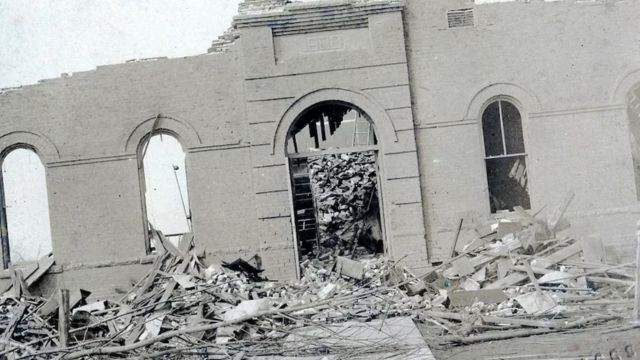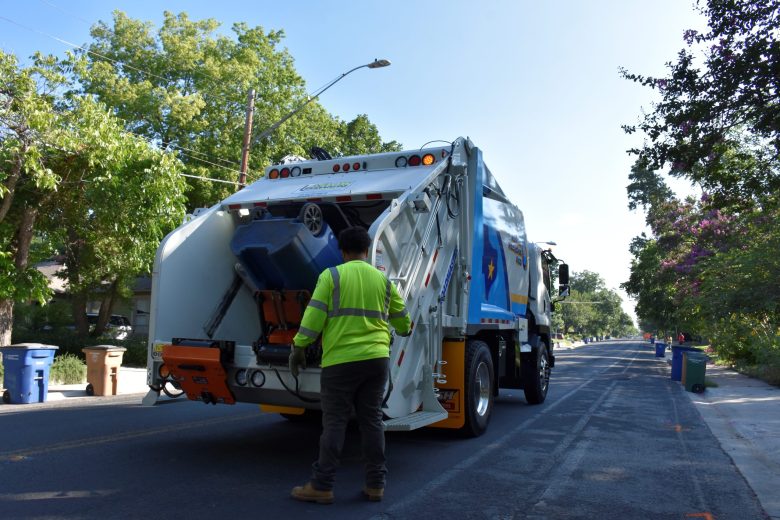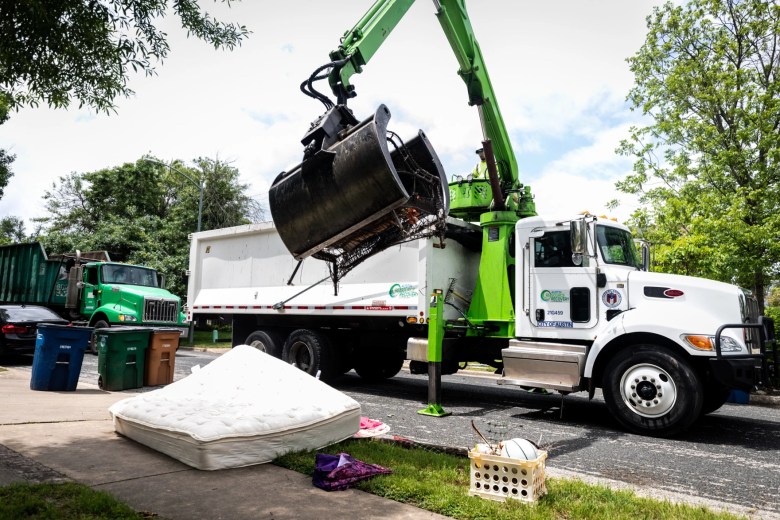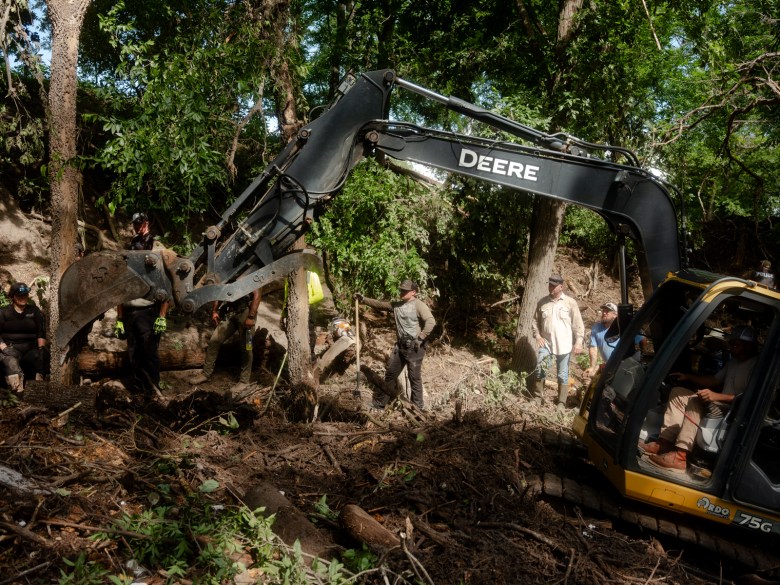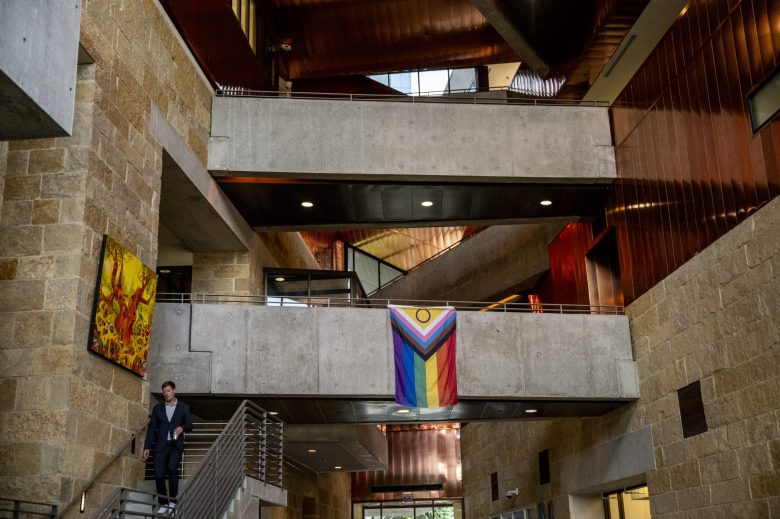MURPHYSBORO, Ill. — It should have been easy for 11-year-old Othella Silvey to see her house from the top floor of Logan School. It was less than two blocks away.
The town of Murphysboro in Illinois was hit by a huge storm on March 18, 1925. Othella saw nothing but a flattened wasteland.
Her daughter, 81-year-old Sylvia Carvell, said, “She couldn’t tell which way was home.”
The most deadly storm in U.S. history
100 years ago today, the deadliest tornado in U.S. history hit in southeastern Missouri and destroyed everything in its 219-mile (352-kilometer) path that went through southern Illinois and into Indiana. It happened over the course of about four hours.
More than 2,000 people were hurt and 695 people died. That’s not counting the deaths from at least seven other tornadoes that the main storm caused in Kentucky and Alabama.
The so-called “Tri-State Tornado” is actually an F5, which is a mile-wide tornado with wind speeds of more than 260 mph (418 kph).
A wooden board 4 feet (1.22 meters) long and 8 inches (20.32 centimeters) wide was driven so deeply into the trunk of a maple tree that it could hold a man’s weight. This may have been the most significant proof of its damaging work.
It’s being shown this month as part of the Jackson County Historical Society’s celebration of the disaster’s 100th anniversary.
“You know the number: winds of 200 mph.” It was a mile wide. Mary Riseling, who is in charge of the six-day memorial, said, “Seeing how hard it was to put that pine board into that maple tree really puts it all in perspective.” “To have one thing that saw how strong those winds were, that’s its own story.”
The perfect mix of weather for a fierce storm
The mix of weather conditions that led to the huge disaster was truly a perfect storm. Christine Wielgos, a warning coordination meteorologist for the National Weather Service, said that a surface low pressure system over the border between Arkansas and Missouri moved northeast and mixed with a warm front going north.
Wielgos said that the churn “provided the warmth, the instability, and the moisture” that, when “married perfectly,” make long-track, violent storms.
The fact that no one had warned them added to the fear. In 1925, there was no good way to predict storms and no warning system either.
Wielgos said, “All they had was a look to the west and said, ‘That looks a little dark out there.’ They had no idea what it was until it was right on top of them, and then they had to scramble to find shelter.”
Several towns were destroyed.
Over 40% of the city of Murphysboro, which is 97 miles (156 km) southeast of St. Louis, was destroyed by the storm. It had the most deaths (234), more than any other city or town. Entire areas were destroyed. Annapolis, Missouri; Gorham, Illinois; and Griffith, Indiana were some of the other towns that were almost completely destroyed.
The Mobile & Ohio Railroad yards, which had about 1,100 workers, were destroyed. The next place the tornado went, it destroyed the DeSoto School and killed 38 kids.
Sheet music for the sad song “After the Tornado is Over,” which was written locally, captures the awful mood of the aftermath:
“This place used to be my “Home Sweet Home,” with families who were so kind and dear. The Red Cross tells me they are dead, and death seems to come to every door, to strong and weak, rich and poor.”
In Murphysboro, Pullman rail cars showed up to house visiting doctors and cleanup teams. The Red Cross gave tents to people who were homeless.
Hearing that the Silvey family had been killed and their home destroyed, Othella and her 7-year-old sister Helen Silvey were sent to Carbondale to live with strangers. Carvell said that their grandparents, who lived a block away, had died. In the end, the girls were reunited with their parents.
Honoring strength through memorials
The city was fixed up. The family of Othella Silvey built a house that looked exactly like the one that had been torn down. First, they made a chicken coop, which Carvell said was both their main source of food for months and a place to stay until the main house was finished.
The west side of Murphysboro still has a lot of small buildings in people’s backyards that were used as temporary housing until bigger homes could be built in the front of their lots.
Rising said that dozens of families who stuck it out are still in Murphysboro. Laura Cates Duncan, president of the Jackson County Historical Society, said that the event remembers those who died and celebrates the strength of those who lived on.
Duncan said, “They could have gone somewhere else, but they chose to stay here.” “This is where their roots were.”
